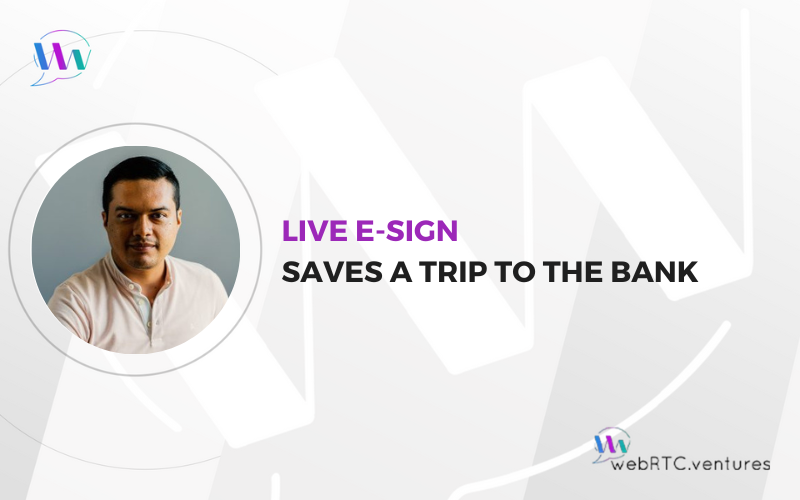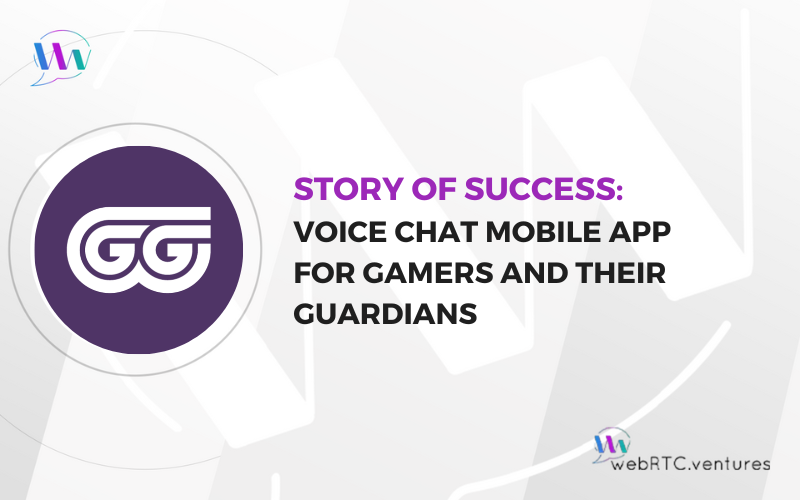From ordering food to shopping for goods and even meeting the love of our lives, the ability to conduct activities online has revolutionized lives. WebRTC is an important actor in this equation as it provides the building blocks for developing the real-time communication applications for web and mobile applications.
Even in today’s digital world, however, some tasks still require visiting a physical facility. This is particularly true for financial institutions where often you must still apply for a loan or sign contracts such as real estate and mortgage closings in person and in front of a witness, notary, or attorney.
(Skip the use case, go straight to this post’s technical companion, Adding Live eSign to Your WebRTC Application with Co-browsing and PDF Editing)
Why is it necessary to be in person?
While a growing number of institutions have embraced regular eSign or e-signature activities through branded custom applications or off-the-shelf applications such as DocuSign, the requirement for signing to be in person is still often necessary.
Reasons for this may include:
- Need of a witness or notary
- Regulatory and compliance requirements that mandate in-person identity verification
- A need for physical document verification
- The complexity of some transactions
- Risk assessment benefits for certain transactions
- Trust and relationship-building considerations
- Limited digital access for some customers
- Security concerns related to online transactions
Enter Live eSign
What if this “in-person” qualification could be met in an online scenario? With the help of WebRTC, Co-browsing, and PDF Editing, multiple parties can sign a document in view of others.
Let’s look at the three components that make it possible to simulate the act of getting together to sign a document.
- Secure WebRTC video conferencing brings the parties together online. The client can be matched to his/her physical identity document as well as if they were seated across a desk.
- Co-browsing allows the parties to collaboratively view and interact with the institution’s website in real time. Also known as collaborative browsing, this allows clients and financial institution employees to sign the “same document”, and the rest of participants. The document becomes the original proof of the event and it is guarded by one of the parts. The other part receives a copy of it to witness the signing just as if they were in the same physical location.
- PDF editing handles the signatures.
Live eSign Workflow
The whole flow goes like this:
- Clients, witnesses and employees from financial institutions join a video call. A service such as IDScan.net can be used at this point to verify a client’s identity.
- After verifying the client’s identity, an employee from the financial institution (from here on referred to as the “power user”) sets up a PDF document. This includes adding dynamic fields such as dates and fields for signing.
- Once the preparation is done, the power user shares the PDF document with the client.
- Both types of users interact simultaneously with the PDF document. All this happens within a co-browsing session.
- When done, the power user finishes the co-browsing session and the final document is uploaded to its final destination.
The second post in this series, Adding Live eSign to Your WebRTC Application with Co-browsing and PDF Editing, shows you exactly how to add PDF editing and co-browsing capabilities to a WebRTC application. Or, save the hard work and call on the experts at WebRTC.ventures to help!












